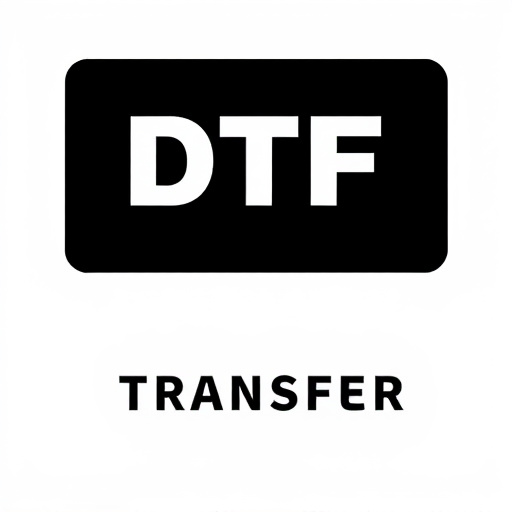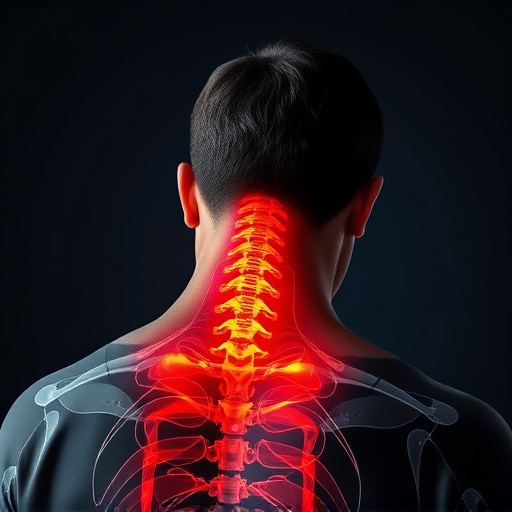Blow-off valves (BOVs) are essential for turbocharged engines, managing pressure in the cooling system and safely releasing excess pressurized air. They enhance performance by maintaining optimal boost levels, improving throttle response, and boosting fuel efficiency. The sound of a BOV varies based on vehicle type and installation; aftermarket upgrades can tailor noise levels to preferences. To maximize engine power and efficiency, enthusiasts should focus on harmonious integration of a cold air intake (CAI) system with their turbocharger. Poor design or incompatibility causes inefficient boost buildup, excessive BOV noise, and reduced performance; optimizing CAI and turbo compatibility ensures smoother airflow, quieter operation, and improved overall performance. Upgrading to a high-flow CAI tailored for turbo applications reduces back pressure, enables faster boost release, results in a quieter exhaust note, and enhances vehicle responsiveness without compromising efficiency or power output.
In the realm of turbocharged engines, the blow-off valve (BOV) plays a crucial role in maintaining efficiency and performance. This article delves into the art of BOV sound improvement, focusing on enhancing cold air intake (CAI) for better turbo compatibility. By understanding how various factors influence BOV noise, you can optimize your vehicle’s setup for quieter, more efficient boost. Discover practical tips to ensure your turbocharged powerplant operates seamlessly while delivering a refined driving experience.
- Understanding Blow-Off Valve (BOV) Basics and Its Role in Turbocharged Engines
- Factors Affecting BOV Sound: What Impacts the Noise Level?
- Enhancing Cold Air Intake (CAI) and Turbo Compatibility for a Quieter, More Efficient BOV Operation
Understanding Blow-Off Valve (BOV) Basics and Its Role in Turbocharged Engines

Blow-off valves, or BOVs, are an essential component in turbocharged engines designed to regulate pressure within the engine’s cooling system. When a turbocharger spins faster due to increased boost (pressure) from a cold air intake system, it can cause excess pressure buildup. The BOV allows this pressurized air to safely escape, preventing damage to the turbocharger and ensuring optimal performance. By facilitating the venting of compressed air, a well-functioning BOV prevents the engine from losing power and enhances overall control during high-performance driving conditions.
This valve plays a crucial role in maintaining the balance between boost levels and engine operation. In turbocompatibility with cold air intakes, a properly adjusted BOV ensures that the engine receives adequate airflow while minimizing backpressure. This results in improved throttle response, smoother power delivery, and better fuel efficiency. Thus, for enthusiasts seeking a boost in performance, focusing on BOV sound improvement can contribute to a more refined driving experience.
Factors Affecting BOV Sound: What Impacts the Noise Level?

The sound of a blow-off valve (BOV) can vary significantly, and several factors influence its noise level. One key aspect is the type of vehicle and engine configuration. Different engines, especially those with turbochargers or superchargers, have varying levels of boost pressure and flow rates, which directly impact the BOV sound. For instance, a cold air intake system designed for better turbo compatibility can modify airflow, potentially affecting the BOV’s noise output.
Another factor is the quality and design of the BOV itself. High-performance or aftermarket BOVs often incorporate advanced materials and designs to enhance their functionality and efficiency, which may also result in different acoustic properties. Additionally, the installation process plays a role; improper fitting could lead to unwanted sound effects. Upgrading or modifying components like the BOV can create a more desirable sound for enthusiasts seeking that signature boost-release whisper or a louder, more aggressive exhaust note when paired with a cold air intake and turbo compatibility boost.
Enhancing Cold Air Intake (CAI) and Turbo Compatibility for a Quieter, More Efficient BOV Operation

Many performance enthusiasts recognize the importance of a well-designed Cold Air Intake (CAI) system for maximizing engine power and efficiency. When combined with a turbocharger, the relationship between CAI and boost pressure is crucial. A poorly integrated system can lead to inefficient boost buildup and excessive noise from the blow-off valve (BOV).
Optimizing CAI and turbo compatibility ensures smoother air flow, quieter BOV operation, and improved overall performance. Upgrading to a high-flow CAI designed with turbo applications in mind can significantly reduce back pressure, allowing for faster and more controlled boost release. This, in turn, contributes to a quieter exhaust note and enhances the responsiveness of the vehicle, providing a more enjoyable driving experience without compromising efficiency or power output.
By understanding the fundamentals of blow-off valve (BOV) operation and addressing factors affecting sound, enthusiasts can enhance both performance and efficiency. Optimizing cold air intake (CAI) and ensuring turbo compatibility plays a crucial role in achieving a quieter, smoother boost experience. These adjustments not only improve the driving dynamics but also contribute to a more harmonious relationship between engine and turbine, making turbocharged vehicles more enjoyable and responsive.














